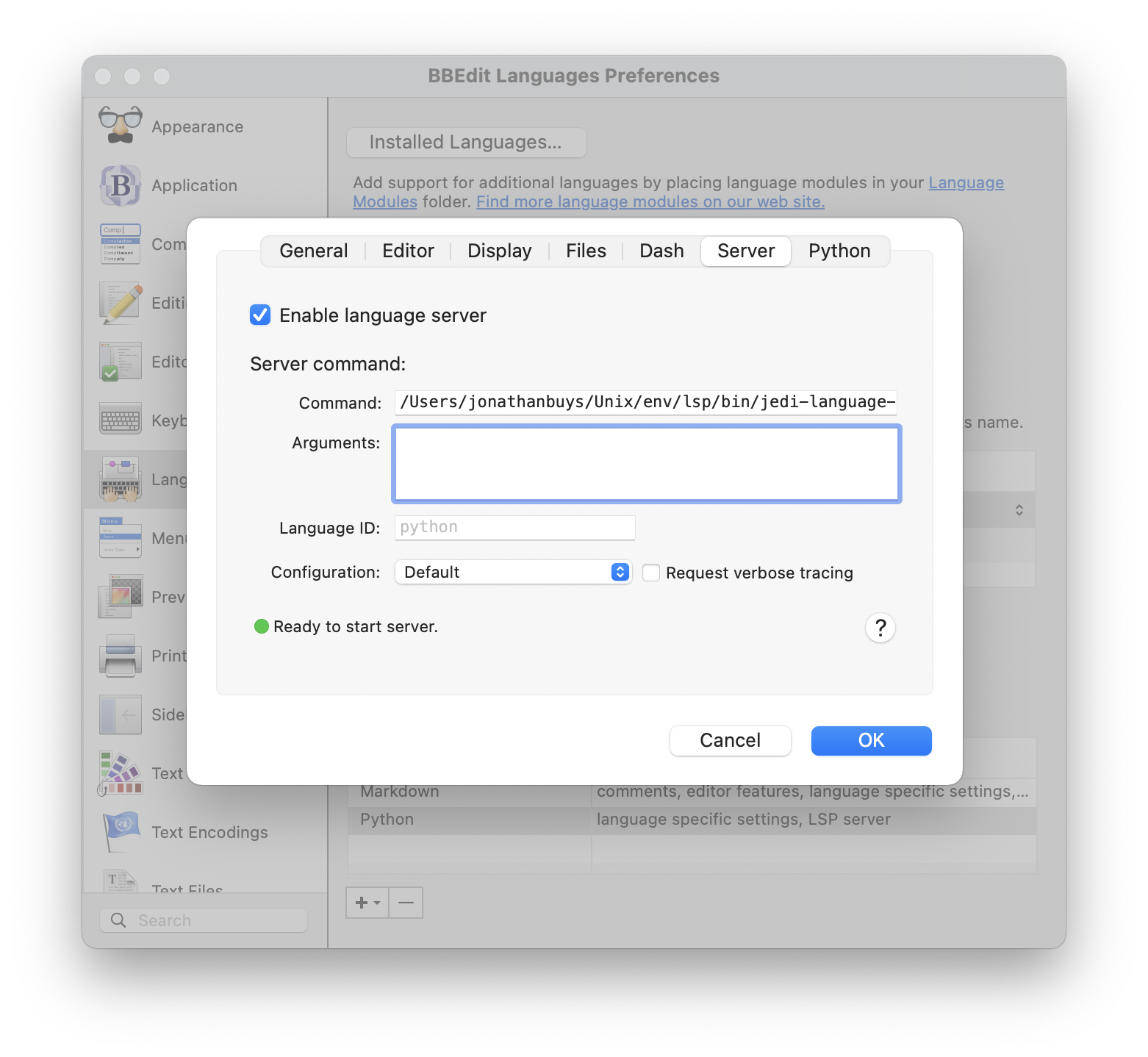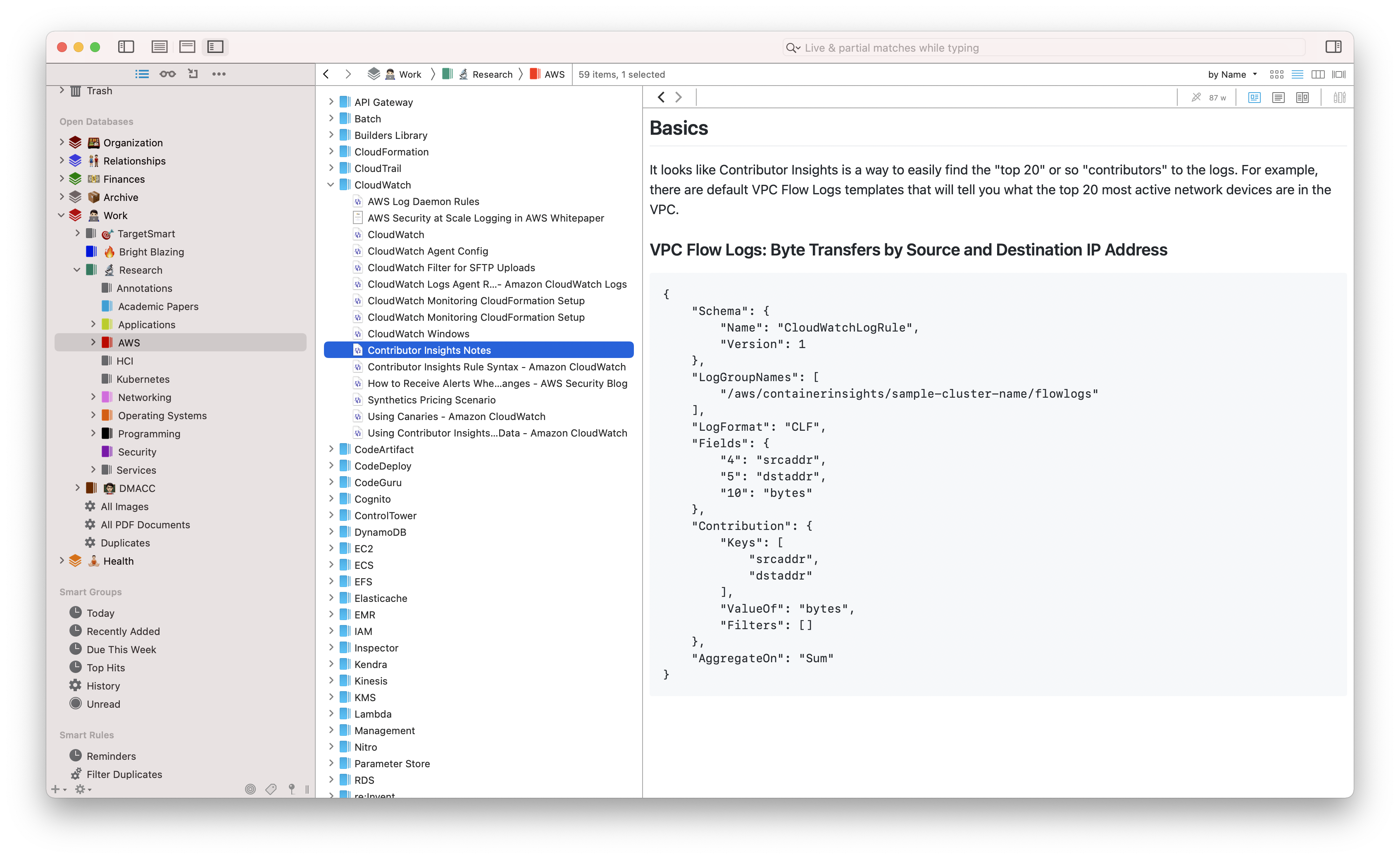If you are fortunate enough to live in a home with a driveway, and fortunate enough to live in a region that gets a lot of snow, you are already familiar with the seasonal chore of snowblowing. It is currently seven degrees Fahrenheit outside, and the weather forecast calls for five to six inches in snow today, which means that soon enough I’ll bundle up and head out to take part.
Snowblowing gives me a lot of time to think, and over the years I’ve developed a system for keeping the driveway in tip-top condition. There are a few rules, or, more likely “best practices”, to keep in mind when considering next steps while looking at a fresh blanket of snow. You must keep in mind the current and forecasted weather, your schedule and the schedule of anyone who lives with you, the state of your machinery and current preparation level, and finally the pattern you’ll walk when clearing the driveway and sidewalk. Importantly, grab your hot beverage of choice and enjoy the magical beauty of snowfall.
You’ll want to wait for the current storm to be over, don’t start snowblowing when it’s snowing unless you have no choice. Ideally there will be a nice break after the storm. The sky clears and the sun comes out. This is when the city will send out their plows to clear the roads, and it’s best if you can wait till after the plows go by to start your driveway. It’s maddening when the plow goes by your home and shoves a giant pile of slushy mess at the bottom of your freshly snowblown driveway. If you can wait till they are done, you can get it all done at once.
However, don’t wait long! Snow is normally easiest to blow when it is fresh powder. Depending on how much snow fell, and the arrangement of your driveway, you are in danger of the snow melting enough to turn to slush, which is much harder to move.
The number one most important thing to keep in mind is to clear the driveway before anyone drives on it. This is why you need to consider household scheduling. If anyone needs to leave or arrive before you get a chance to snowblow, the weight of the vehicle driving will pack the snow down tight. Once packed down like this, the snowblower will ride right over the tracks, barely scraping the top instead of pushing the snow out. Then, even if you’ve done a good job with the rest of the driveway, you’ll have two hard-packed treads of snow going across it that will (1) look bad, and (2) turn into a slipping hazard. When the sun comes out, and if your driveway gets a full day’s worth of direct sunlight, even if it’s below freezing, the sun will melt the snow just enough for it to re-freeze and turn to ice. Once this happens it is difficult to get off the driveway, and it’s likely those treads will be there for the remainder of the season.
When the time is right to head outside, you’ll learn quickly if you are properly prepared. Snowblowing is cold work, start with the right clothes. I’ve found that wearing a base layer of cold-weather gear helps tremendously, as does choosing the right pants. I try to avoid jeans unless they are flannel-lined, and normally go with a pair of hiking pants from Eddie Bower. These pants provide a layer of protection from the snow melting in, dry quickly, and when paired with the base-layer gear are warm enough. I wear a base layer shirt, a t-shirt, and a flannel, and then an Eddie Bower puffy jacket. I top it off with a North Face winter hat, and a pair of insulated leather work gloves. Of all my cold weather gear, I’m currently most unhappy with the gloves, my fingers tend to start freezing after a half-hour or so outside, so I’ll need to replace them with something better soon. Finally, wear thick wool socks if you have them, and good boots. Sneakers will work in a pinch, but I’d double-up on the socks, otherwise your toes will get very cold very quickly.
Next, hopefully you’ve read the weather and have started up your snowblower once this season, checked the oil, and made sure you’ve got a full tank along with a spare gallon of gas or two. If you start to snowblow the driveway and run out of gas, or, worse, if you have a bad snowblower that won’t start, all the other preparation and scheduling you’ve done won’t matter. Like a Scout, be prepared.
Speaking of snowblowers, my advice for equipment is the same as my advice for computers. Buy the best you can afford. This is not an area to skimp. True, it might be hard to look at it during the other ten months out of the year when it’s sitting in your shed or garage taking up space, but you’ll be thankful you have it those few times per year you need it. When looking at purchasing equipment, remember the old adage, “Buy nice, or buy twice.” You really want that snowblower to start up the first time you pull the cord.
In the same vein, purchase the best snow shovel you can afford. Even though you’ve got a nice snowblower, you’ll need a shovel for detail work, porches, and light snowfalls that don’t warrant getting out the powered equipment. Avoid the cheap plastic shovels, and avoid shovels with a weird bend in the handle. What you want is a wide metal shovel with a good blade on the edge and a sturdy, straight handle. That will give you the most control over the shovel and let you get the most work done with it. I’ve always found the bent handle shovels to be awkward to use.
Once you’ve found the right weather at the right time, you are properly dressed, and your equipment is prepared and ready, it’s time to start blowing snow. The way you go about this is part science and part art. You have to read the wind, the weight of the snow, and the power of your snowblower. You need to keep in mind how you want the driveway to look afterwards. Ideally, you move enough snow off the driveway that it’s bare concrete underneath, or close enough to bare that the sun will melt what’s left off and leave it clean. You want clean straight lines delineating the edges of your driveway where your lawn starts. If you can’t get to clear concrete, you’ll want your driveway to have just the barest layer of snow left on it, and have that snow reflect the plow tracks of your snowblower. Again, long straight lines are best. Avoid mixing vertical and horizontal patterns, you’ll want the entire driveway to look like it was all done at once.
The pattern you use to clear the driveway will be somewhat dependent on the weather, but I’ve found that normally starting in the center of the driveway and blowing snow to the left and right of it and working out towards the edges works best.

You could start at one edge and work your way all the way over to the other edge. If the wind is strong in one direction crossways this is probably the best bet.

You’ll need room to turn around, so I’ve found that one or two paths right at the top of the driveway parallel to the road gives me plenty of room. However, avoid trying to snowblow the entire driveway this way, you’ll wind up with a face full of snow, blowing snow all over your freshly blown driveway, and worse, blowing snow into the road. Don’t blow snow into the road, that’s poor form.

Finally, once the driveway is cleared you may be tempted to put salt on it to prevent icing. Don’t. Salt will damage your concrete, and stops working after it gets below ten degrees anyway. If icing is a safety issue, it’s better to put down a chemical deicing agent. I’ve seen sand recommended, but I’ve never seen anyone using it. Overall, it’s best to put the work in with the snowblower and shovel to clear all the snow off the driveway before it turns to ice, and let the sun take care of the rest of it. That way you don’t have to worry about slipping.
Some see snowblowing as a chore, I see it as a rare opportunity to continue perfecting the craft. In a world where most work happens in front of a screen, it’s good to be able to physically accomplish something you can be proud of. And a well cared for driveway, clean and cleared of snow and ice after a storm, is definitely something to be proud of.





